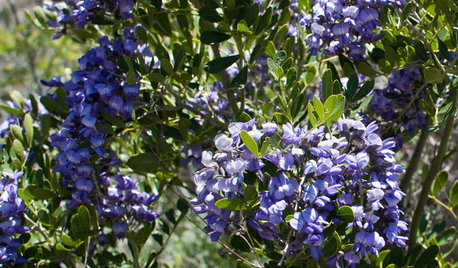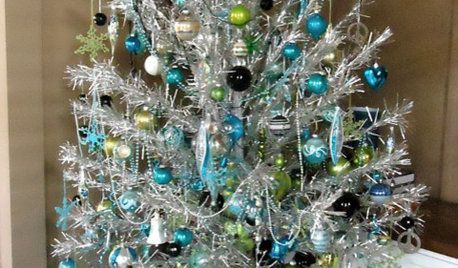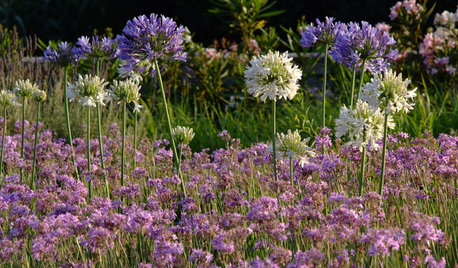Royal Paulownia trees
ilovegardening
9 years ago
Featured Answer
Sort by:Oldest
Comments (33)
Whitelacey
9 years agorusty_blackhaw
9 years agoRelated Professionals
Brentwood Landscape Architects & Landscape Designers · Fitchburg Landscape Architects & Landscape Designers · Middle River Landscape Architects & Landscape Designers · Dedham Landscape Contractors · Indianapolis Landscape Contractors · New Baltimore Landscape Contractors · North Richland Hills Landscape Contractors · Five Forks Siding & Exteriors · South Glastonbury Siding & Exteriors · West Haven Siding & Exteriors · Brookfield Decks, Patios & Outdoor Enclosures · Glasgow Decks, Patios & Outdoor Enclosures · Palmetto Decks, Patios & Outdoor Enclosures · Vandalia Decks, Patios & Outdoor Enclosures · Norwood Stone, Pavers & ConcreteMackel-in-DFW
9 years agoken_adrian Adrian MI cold Z5
9 years agoilovegardening
9 years agoMackel-in-DFW
9 years agoMackel-in-DFW
9 years agoMackel-in-DFW
9 years agoMackel-in-DFW
9 years agohoovb zone 9 sunset 23
9 years agoMackel-in-DFW
9 years agoilovegardening
9 years agoIris GW
9 years agohairmetal4ever
9 years agoIris GW
9 years agoToronado3800 Zone 6 St Louis
9 years agosam_md
9 years agoMackel-in-DFW
9 years agoIris GW
9 years agocalliope
9 years agoilovegardening
9 years agodavidrt28 (zone 7)
9 years agoilovegardening
9 years agohairmetal4ever
9 years agoIris GW
9 years agoilovegardening
9 years agocalliope
9 years agocalliope
9 years agoJustus.
9 years agodavidrt28 (zone 7)
9 years agogardengal48 (PNW Z8/9)
9 years agogotbook
9 years ago
Related Stories

TREES6 Unsung Spring-Blooming Trees
Billowy blooms and rare fragrances will make you wonder how these flowering trees could ever have been underused in landscapes
Full Story
EDIBLE GARDENSHow to Grow 10 Favorite Fruit Trees at Home
Plant a mini orchard in fall, winter or early spring to enjoy fresh-off-the-tree fruit the following year
Full Story
ARBOR DAY8 Reasons to Plant a Great Tree
Beauty is its own reward, but the benefits of planting the right tree in the right place go way beyond looks
Full Story
Christmas Trees That Wow
Grab up some last-minute decorating ideas from these gloriously colorful, creative trees
Full Story
DECORATING GUIDESGuest Picks: Make a Fashionista Christmas Tree
Take cues from Hermes, Burberry and Tiffany & Co. for your tree trimmings this year
Full Story
MOST POPULARFind Your Christmas Tree Personality
These Christmas trees suit a range of design styles and personas. Recognize anyone?
Full Story
HOMES AROUND THE WORLDMy Houzz: Where Palm Springs Meets Gum Trees
A love of midcentury design and a knack for renovating lead this family to a 1960s gem on the outskirts of Melbourne
Full Story
EDIBLE GARDENSHow to Grow Your Own European and Asian Pears
Try these trees for their good looks, delicious fruit and wide range of sizes — plus you can espalier them
Full Story
EDIBLE GARDENSHow to Grow Your Own Luscious Cherries
Nope, they’re not the easiest fruit to grow. But with spectacular blossoms and pies as possibilities, cherries are sure worth a try
Full Story
GARDENING GUIDESGlorious Purple Blooms Bring a Crowning Touch to Gardens
Royally beautiful but mingling well with the masses, plants with purple flowers or foliage are worthy of homage in any garden
Full Story






ilovegardeningOriginal Author